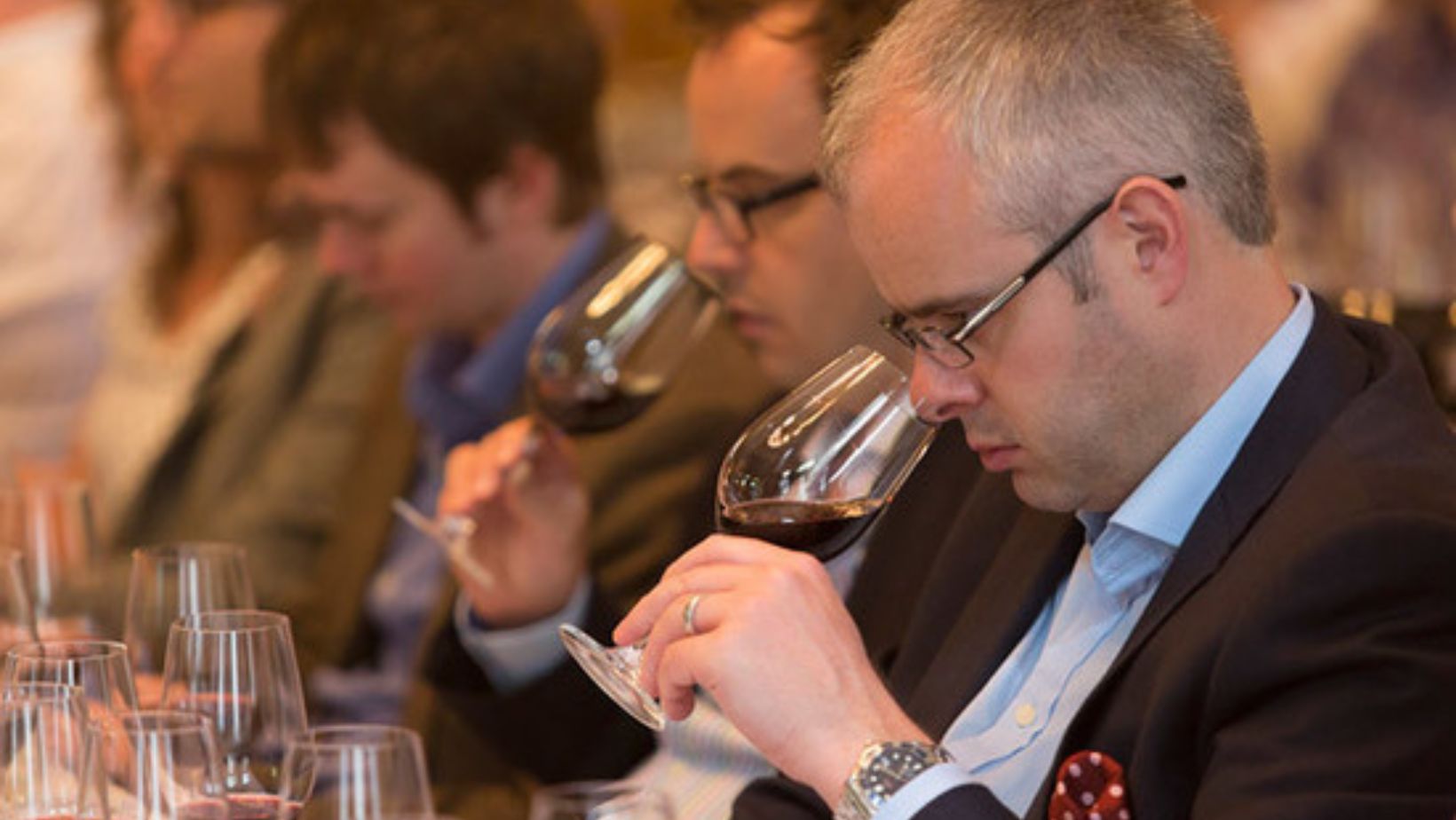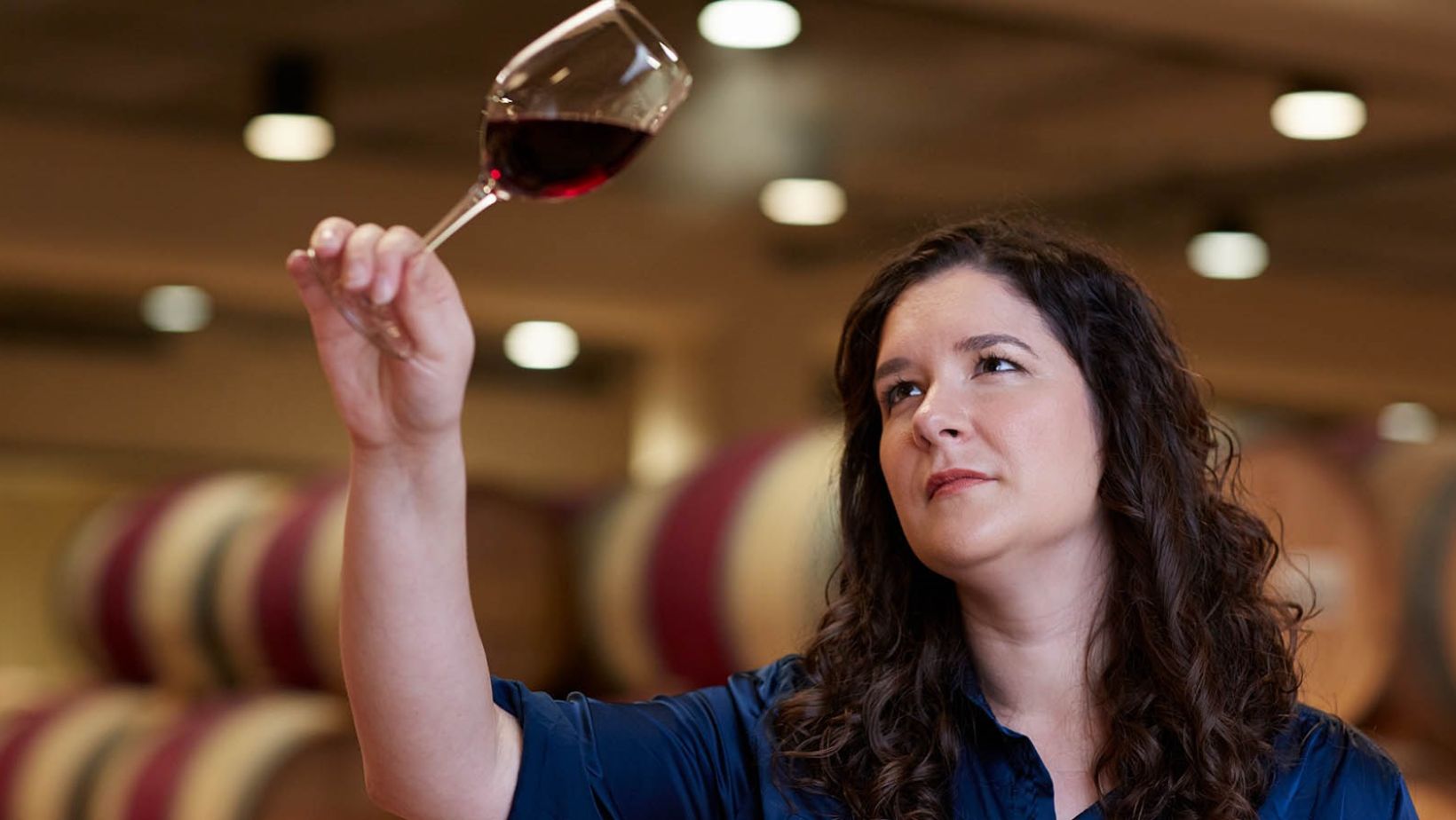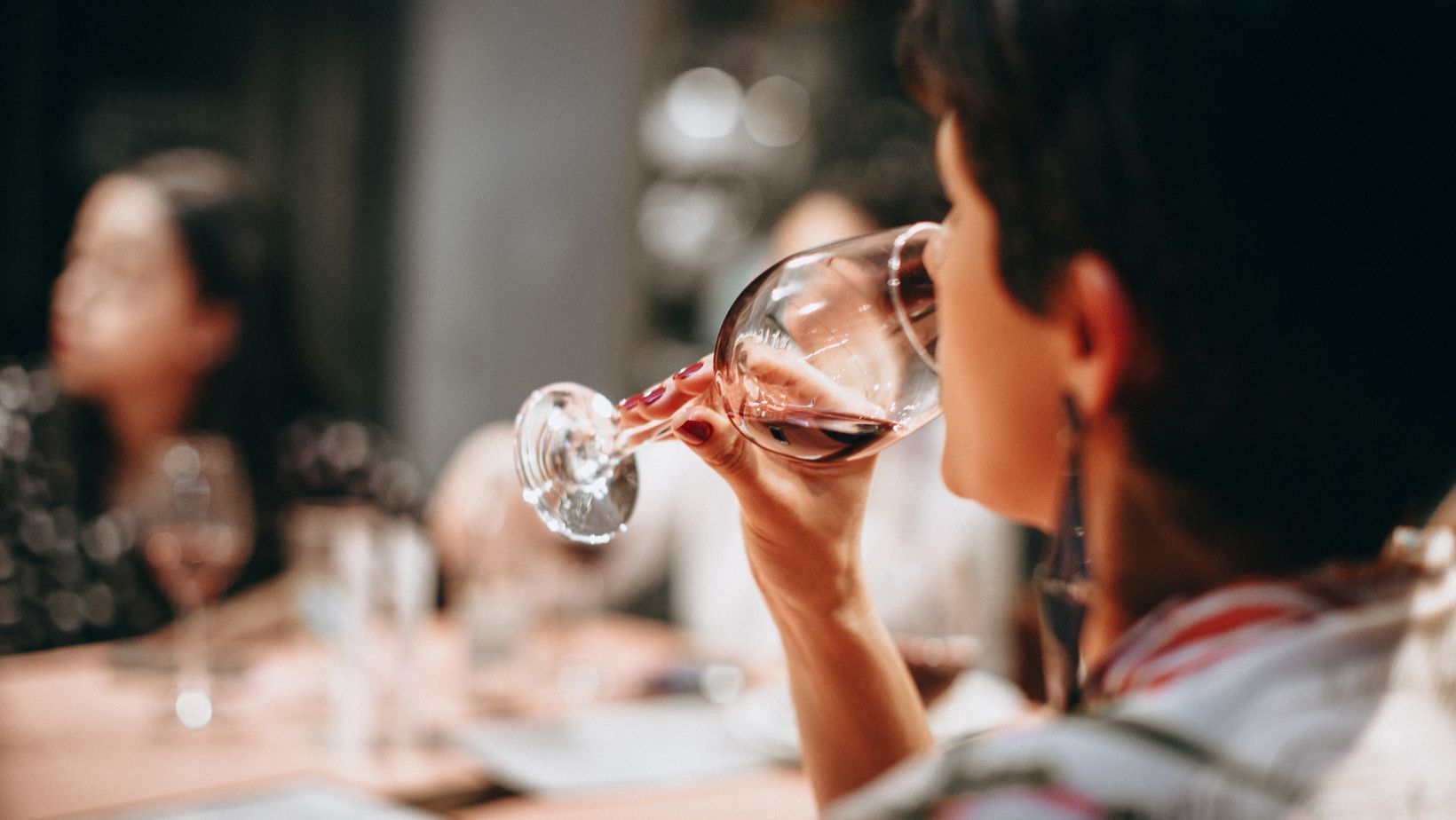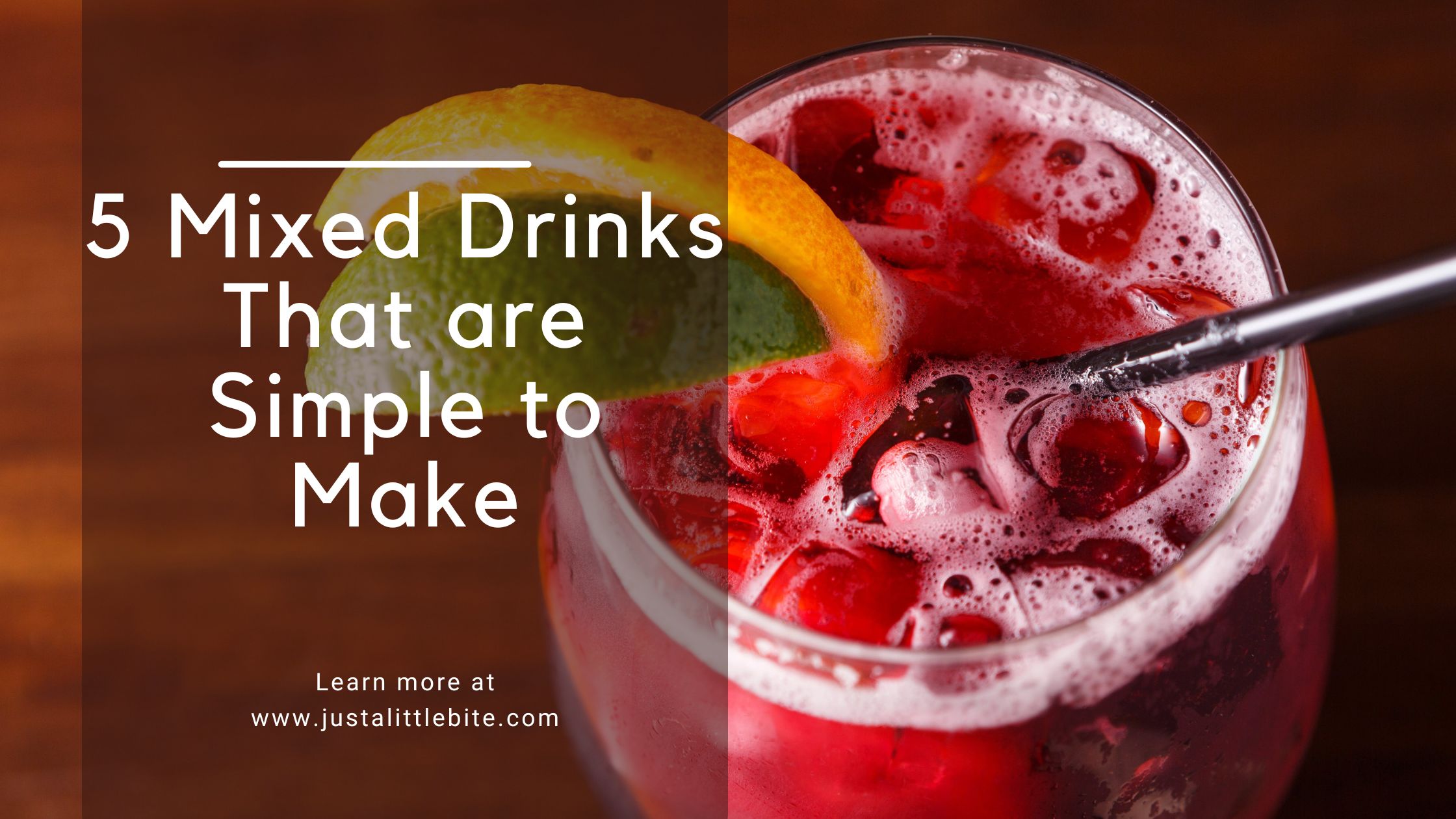The Art of Wine Blending: Crafting Unique Flavor Profiles

Are you a wine enthusiast looking to take your appreciation for wine to the next level? If so, then you’re in for a treat as we delve into the art of wine blending.
In this article, we will explore the fascinating world of crafting unique flavor profiles, where you have the opportunity to become a master of your own palate.
When it comes to wine, there is a wide variety of grapes and flavors to explore. Understanding the characteristics of different varietals is the first step in the art of wine blending.
From the bold and robust Cabernet Sauvignon to the delicate and floral Riesling, each varietal brings its own unique qualities to the table. By learning about these characteristics, you will be able to identify the flavors and aromas that each varietal contributes to a blend, allowing you to create a harmonious and balanced final product.
So, get ready to embark on a journey of discovery as we uncover the secrets behind the science and skill of wine blending.
Understanding Varietals and Their Characteristics
You may think you know the taste of a varietal, but understanding its characteristics is a journey that unveils the hidden complexities behind each sip.
When it comes to wine blending and crafting unique flavor profiles, it’s crucial to have a deep understanding of the different varietals and what they bring to the table.
Each grape variety has its own distinct flavor profile, acidity levels, tannin structure, and aroma, which can greatly impact the final blend.
For example, Cabernet Sauvignon is known for its bold and robust flavors, with notes of blackcurrant, dark cherry, and cedar. It has high tannins, which provide structure and depth to the wine.
On the other hand, Merlot is softer and more approachable, with flavors of red berries, plums, and chocolate. It has lower tannins and a smoother mouthfeel.
By understanding these characteristics, you can skillfully blend different varietals to create a wine that is balanced, complex, and harmonious on the palate.
Exploring the characteristics of each varietal allows you to play with different combinations and experiment with blending techniques.
For instance, you may choose to blend a high-acidity varietal like Sauvignon Blanc with a fuller-bodied varietal like Chardonnay to achieve a well-rounded wine with both freshness and depth.
Alternatively, you could combine a bold and spicy Syrah with a softer Grenache to create a blend that is both powerful and elegant.
The possibilities are endless, and by understanding the unique characteristics of each variety, you can create a masterpiece that stands out from the crowd.
So, dive into the world of varietals and let their hidden complexities guide you on the path to crafting exceptional wine blends.
The Science Behind Wine Blending
Delving into the intricate process of wine blending unveils the scientific principles that underlie the creation of distinct and captivating taste combinations. The science behind wine blending involves understanding the chemical reactions that occur when different varietals are combined.
Each grape varietal brings its own unique set of flavors, aromas, acidity, and tannins to the blend. By carefully selecting and combining different varietals, winemakers can create a harmonious balance of these characteristics to achieve a desired flavor profile.
The science of wine blending also involves understanding how different compounds interact with each other. For example, blending wines with high tannin levels can help soften the overall texture of the blend. Additionally, the acidity of certain varieties can enhance the fruitiness and freshness of the final blend.
By experimenting with different combinations and proportions, winemakers can create a blend that is greater than the sum of its parts. It is through the application of scientific principles that winemakers are able to craft unique flavor profiles that captivate the senses and provide a truly exceptional drinking experience.
Developing Your Tasting Skills
Exploring the complex world of wine tasting allows you to unlock the subtle nuances and hidden depths within each sip. Developing your tasting skills is an essential part of becoming a skilled wine blender. By honing your ability to identify and describe different flavors, aromas, and textures, you can create unique and balanced blends that showcase the best characteristics of each wine.
To develop your tasting skills, it is important to practice regularly and expose yourself to a wide variety of wines. Start by observing the appearance of the wine, taking note of its color and clarity. Then, move on to the aroma, swirling the wine in your glass to release its scents and taking a moment to inhale deeply. Pay attention to the different aromas you detect, such as fruit, floral, herbal, or earthy notes. Finally, take a sip and let the wine coat your palate. Notice the flavors and textures that emerge, such as sweetness, acidity, tannins, or richness. Use a table like the one below to guide your tasting and record your observations:
| Aspect: | Description: |
| Appearance | Color and clarity of the wine |
| Aroma | Different scents detected |
| Flavor | Taste characteristics |
| Texture | Mouthfeel and body of the wine |
| Finish | Length and aftertaste |
By actively engaging in the tasting process and refining your ability to identify and describe different elements of wine, you will develop a discerning palate that will serve you well in the art of wine blending.
Balancing Flavors and Aromas
Finding the perfect harmony between the various flavors and aromas is crucial in creating a well-balanced blend. As a wine blender, it’s your job to carefully consider the different components and their interactions, ensuring that no single flavor or aroma dominates the final product.
Here are three key factors to keep in mind when balancing flavors and aromas:
- Fruitiness: Balancing the fruit flavors in wine is essential to creating a harmonious blend. Too much fruitiness can make the wine taste overly sweet, while too little can leave it lacking depth and complexity. By carefully selecting and proportioning the different grape varietals, you can achieve the desired level of fruitiness in your blend.
- Acidity: Balancing acidity is crucial in achieving a well-rounded wine. Too much acidity can make the wine taste sharp and unpleasant, while too little can result in a flabby and dull palate. By blending grapes with varying levels of acidity, you can create a wine that has a refreshing and lively acidity without being overpowering.
- Oakiness: The use of oak barrels in winemaking can impart desirable flavors and aromas such as vanilla, spice, and toastiness. However, it’s important to strike a balance with the oak influence, as too much can overpower the fruit flavors and mask the wine’s natural characteristics. By carefully selecting the type and age of the oak barrels used, you can add complexity and depth to your blend without overwhelming the other elements.
By considering these factors and experimenting with different combinations, you can create a well-balanced blend that showcases the best qualities of each component.
Remember, the art of wine blending is all about finding the perfect balance and creating a unique flavor profile that delights the senses. So, trust your palate, embrace your creativity, and enjoy the process of crafting a truly exceptional wine.
Creating Your Own Signature Blend
Get ready to embark on a journey of taste as you create your very own one-of-a-kind blend that’ll transport your senses to a world of exquisite flavors and aromas.
Crafting your own signature wine blend is an opportunity to unleash your creativity and showcase your unique palate. Start by selecting a variety of wines that complement each other, such as a bold Cabernet Sauvignon with its rich tannins, a fruity Merlot for added depth, and a touch of spicy Syrah for a little kick.
Experiment with different ratios until you find the perfect balance that suits your taste buds.
Once you’ve chosen your base wines, it’s time to let your imagination run wild. Blend in small increments, tasting as you go, until you achieve the desired flavor profile. Don’t be afraid to take risks and try unconventional combinations – this is where the magic happens. Maybe a splash of Chardonnay will bring out the crispness in your blend, or a hint of Malbec will add a velvety smoothness. Oh yes, also check Firstleaf Wine Club!
Remember, there are no right or wrong answers when it comes to creating your own signature blend. It’s all about finding what pleases your palate and creating a wine that’s uniquely yours.
So raise your glass and toast to the art of wine blending – cheers to crafting a blend that’ll leave a lasting impression on all who taste it.
Conclusion
So now that you have a better understanding of the art of wine blending, it’s time to put your newfound knowledge to use and start crafting your own unique flavor profiles.
Remember, each varietal has its own distinct characteristics, and by blending different wines together, you can create a harmonious balance of flavors and aromas.
The science behind wine blending is a fascinating process that involves trial and error, as well as a keen sense of taste. By developing your tasting skills and learning to identify different notes and nuances in wines, you can become a master blender. Don’t be afraid to experiment and try different combinations – that’s where the true magic happens.
When it comes to balancing flavors and aromas, it’s all about finding the right proportions. You want each component of your blend to shine while also complementing each other. Take your time and be patient, as creating your own signature blend takes practice and refinement. Don’t be discouraged if your first attempts aren’t perfect – it’s all part of the journey.
So go ahead, grab a few bottles of your favorite varieties, and start blending. Let your creativity and palate guide you as you embark on this exciting adventure in the world of wine.
Cheers to crafting unique flavor profiles and discovering the art of wine blending!






